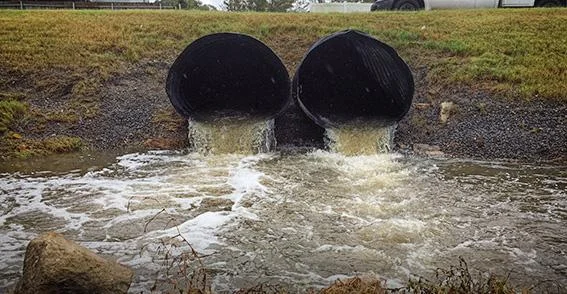As Storms Continue, Be Prepared
Since December 26, California has been hit by a series of Atmospheric Rivers, narrow but lengthy moisture plumes in the sky that carry significant amounts of rain. With little breaks in between each storm, flooding has become a major concern. Extended forecasts predict wet weather could continue until at least January 22nd as the Jet Stream is currently in a position to deliver a series of storms from across the Pacific into California. The next storm is expected to hit later tonight and last through tomorrow evening. Follow the National Weather Service for the latest updates, warnings, and advisories.
This newsletter provides an overview of what to expect and what you can do to prepare for the storms, how to report incidents during storms, and how such storms are more likely to happen in the future.
How to Prepare
If your home has a history of flooding, the City can provide sandbags. A limited number of sandbags are available for free to Berkeley residents and businesses on a first-come first-served basis at the Corporation Yard at 1326 Allston Way from 8am-4pm Mondays through Fridays. Verification of address, such as an ID Card, is required. Clearing gutters, driveways, and culverts and removing debris will help reduce the chances of flooding.
During high winds and heavy rains, be prepared for power outages. Make sure that your phones and electronic devices are fully charged, including battery packs. In the event of a power outage, use flashlights for illumination. Do not use candles due to the fire hazard it can cause.
Our Public Works Department is mobilized to address any issues that come up. But you can also help prevent flooding as a result of clogged storm drains by Adopting a Drain.
Be sure to subscribe to emergency notifications to receive important messages and updates.
For more information on how to prepare, click here.
Heavy Rains and Winds Can Lead to Localized Flooding, Fallen Trees, and Power Outages
With a conveyance of storms, the land can become oversaturated and the ability for our stormwater systems to transport runoff can become overwhelmed. West Berkeley is especially susceptible to localized flooding.
Driving is discouraged during times of heavy rain. If travel is necessary, avoid roads that have water accumulated on the surface as it could be much deeper than it appears. If a street signal is out, treat it like a four-way stop. Be extra cautious for debris that may have entered the roadway.
As we have seen in previous storms, power outages may impact your neighborhood. To see a map of current outages, visit the PG&E Outage Center, where you can also report outages.
Who To Call
Only call 911 in a life-threatening situation. This includes downed or damaged power lines. If power lines or electrical equipment is damaged, call 911 first, then PG&E at 1-800-743-5002. Never touch or drive over a downed power line.
311 is the best option to use for weather related issues. Call 311 (from a landline) or 510-981-2489 (from a cell phone) to report clogged storm drains, fallen trees, and related storm damage. After hours, contact the following numbers for the following services:
510-981-6620 for clogged storm drains, flooding, lights, and traffic signals
510-981-6660 for downed trees
Due to the high volume of expected calls, if you have a City issue unrelated to the storm, the best way to report it is via email at customerservice@berkeleyca.gov or through the online 311 portal.
Historical Flooding, Climate Change, and ARkStorm
The largest natural disaster threat to California, in terms of damage caused, is not from an earthquake or wildfire, but from floods. The Great Flood of 1862 was caused by a series of atmospheric rivers, resulting in rain for around 40 days. It inundated the entire Sacramento and San Joaquin Valleys, and resulted in the destruction of around one third of property in the state and the deaths of 4,000 people, which at the time was around 1% of the State’s population.
While the State has built an extensive system of levees over the past century to mitigate the impacts of major storms, a megastorm situation similar to the 1862 Flood would overwhelm much of the existing infrastructure. To prepare for such a scenario, in 2010 the United States Geological Survey (USGS) published the ARkStorm (Atmospheric River 1,000) scenario, which could lead to $1 trillion in damages statewide after 25+ days of endless rain. The Central Valley would see flooding 300 miles long and 20 miles wide, along with extensive flooding along coastal communities, major landslides in hills/mountains, utilities disruptions, and extensive economic damage. In 2022, the ARkStorm scenario was updated to include impacts of climate change, showing that such an event has a 2%-4% chance of happening annually. Geological records indicate that on average, an event similar to 1862 happens every 100-200 years, with climate change increasing the probability and frequency of future events.
